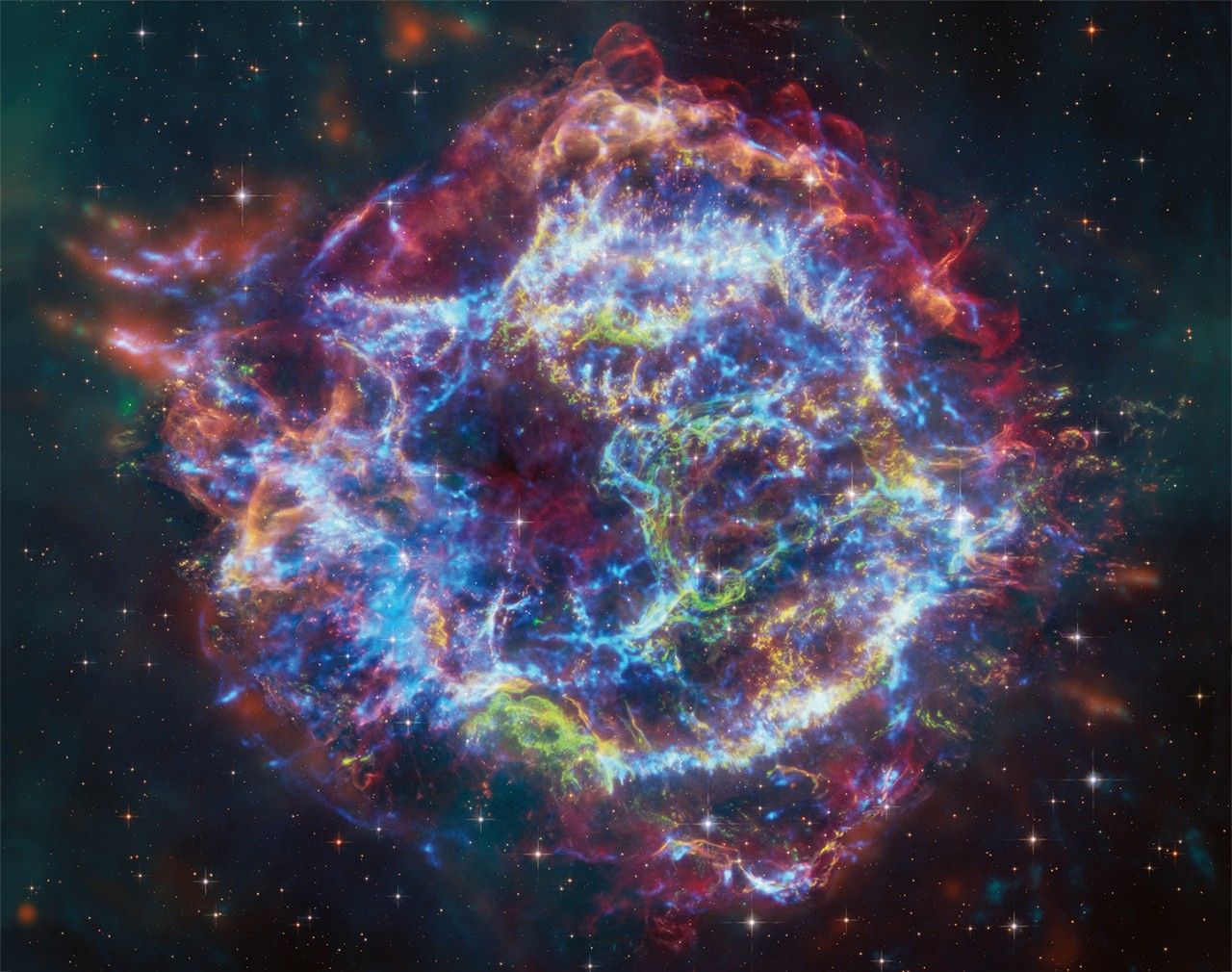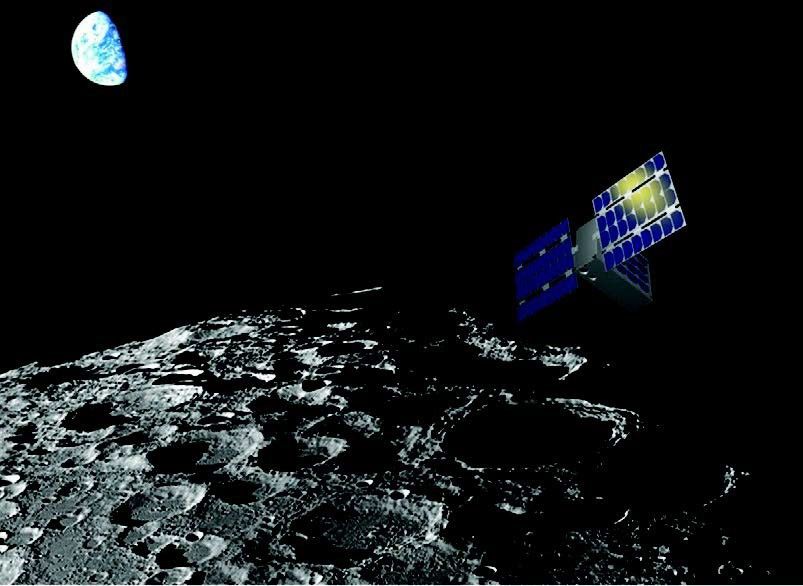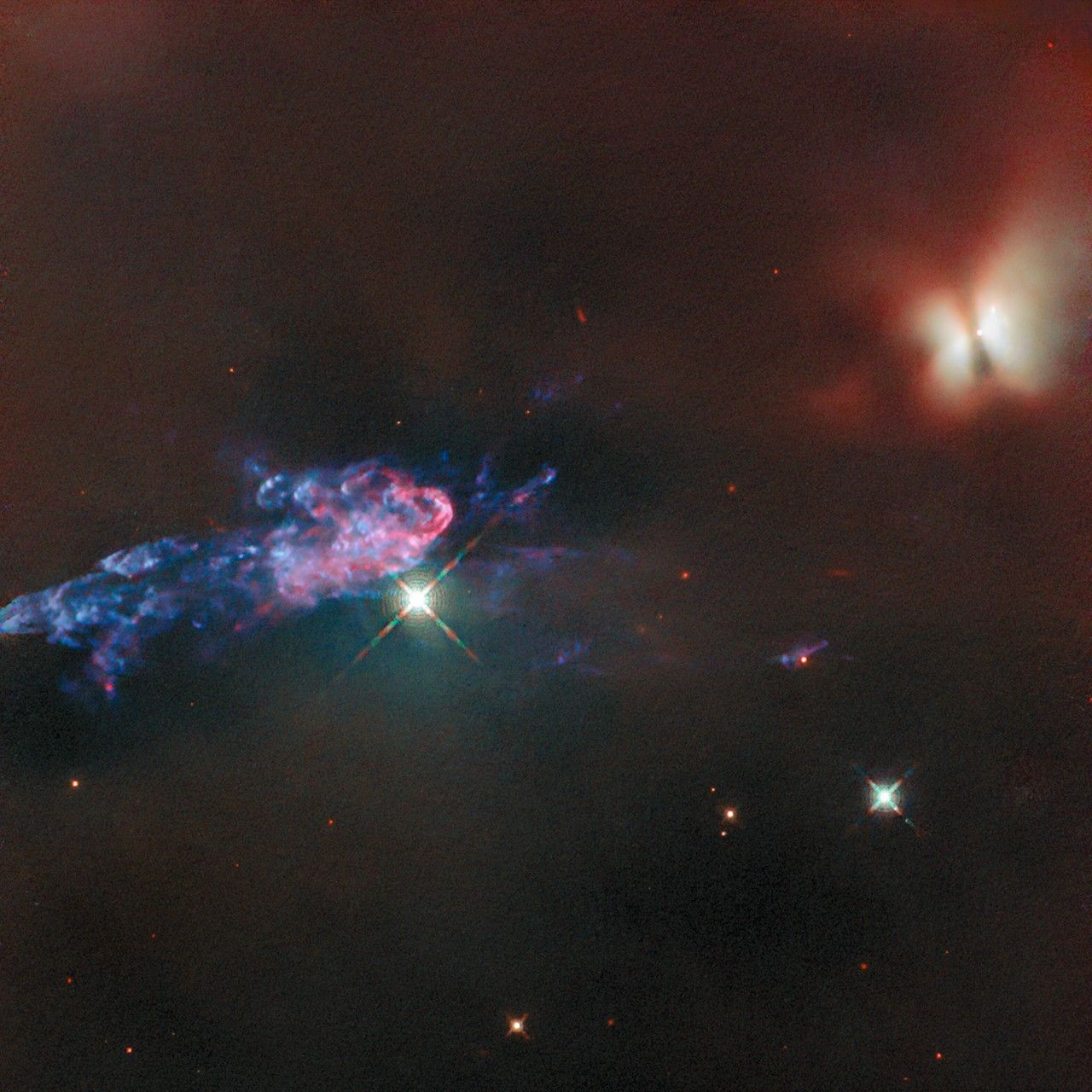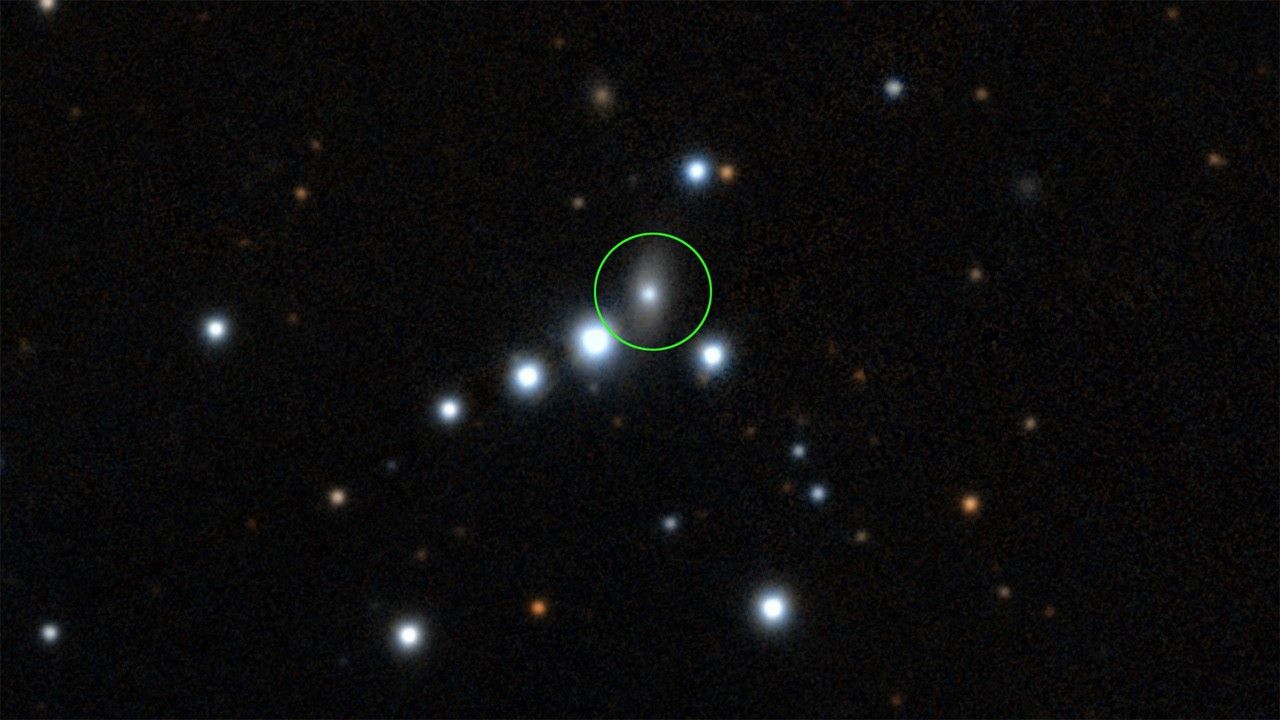Amendment 102: Due Date Delays for Several Astrophysics Programs
Original Publication Date: 2025-01-16 13:04

ROSES-2024 Amendment 102 delays due dates for several Astrophysics program elements. Proposals for both D.3 Astrophysics Research and Analysis Program (APRA) and D.7 Strategic Astrophysics Technology (SAT) have been deferred to February 21, 2025. For D.13 Astrophysics Pioneers Mandatory NOIs are now due February 14, 2025, and proposals are due April 3, 2025. D.19 Habitable Worlds Observatory System Technology Demonstrations and Mission Architecture Studies proposals are now due March 4, 2025.
Sols 4425-4426: Canyons, Craters, and Clasts
Original Publication Date: 2025-01-18 00:33

Curiosity is driving toward two craters named ‘Rustic Canyon’ and ‘Runyon Canyon’ ChemCam is taking a LIBS as well as a passive observation on a post-drive rock of its choice. The afternoon will be spent making contact science on a dark, platy rock in the workspace named ‘Rancho Potrero’
Planetary Science Division (PSD) Science Nugget Submission Template
Original Publication Date: 2025-01-17 17:23

Use the weekly Newsquiz to test your knowledge of stories you saw on CNN.com. Today's Newsquiz includes the following questions: Why is the surface of Mercury so dark? What methods did you use to answer this question? What is the main result of this work that should be showcased? Was this work funded by an R&A Program?
Planetary Instrument Concepts for the Advancement of Solar System Observations (PICASSO)
Original Publication Date: 2025-01-17 15:48

Planetary Instrument Concepts for the Advancement of Solar System Observations (PICASSO) We are currently seeking reviewers for Planetary Instrument Concepts for the advancement of solar system observations. Below you may identify whether you work or study at a minority-serving institution. Use the comments box below to tell us about anything that might be conflict of interest.
Hubble Captures Young Stars Changing Their Environments
Original Publication Date: 2025-01-16 16:42

The Orion Nebula (Messier 42, M42) is the nearest massive star-forming region to Earth. The nebula is home to hundreds of newborn stars including the subject of this image: the protostars HOPS 150 and HOPS 153. These protostars get their names from the Herschel Orion Protostar Survey, conducted with ESA's Herschel Space Observatory.
Solar System Workings (ROSES C.3)
Original Publication Date: 2025-01-17 15:47

Solar System Workings (ROSES C.3) We are seeking reviewers for the Solar System Workings Program. Signing up does not commit you to serve, nor is NASA obligated to invite you. SMD recognizes and supports the benefits of having diverse and inclusive scientific, engineering, and technology communities.
